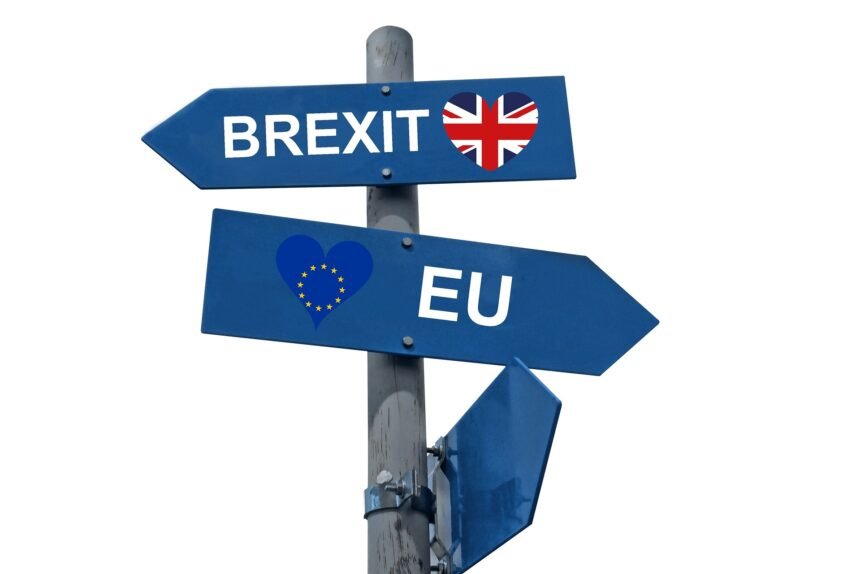Introduction to new Entry/Exit System of the EU
First intended to debut in 2022, the EU’s post-Brexit Entry-Exit System (EES) was later put back to May 2023 and finally to the end of last year. After several delays, it will eventually premiere this autumn. However, a sizable portion of individuals in the UK seem to be unaware of the EES’s operational principles. Fortunately, ABTA, or The Travel Association, has clarified exactly how the EES will appear in use for individuals who are confused about the new system.
Read about India’s bullet train
What is the EU Entry/Exit mechanism exactly?
To put it simply, when you walk through passport control upon arrival, the physical stamping of your passport will be replaced with a new electronic system called the EES. All four non-EU Schengen nations (Iceland, Liechtenstein, Norway, and Switzerland) and all EU member states (except from Cyprus and Ireland, where passports will still be physically stamped) will participate. Every arrival and departure into and from the European nations that are taking part will be documented. Put simply, this implies that each time you enter or exit the EU or Schengen region, your travels will be tracked. When the system goes live, you’ll still need to present your passport when you enter a new nation and have your fingerprints and facial photo taken electronically.
Who EES will apply to when it takes effect is listed below.
Individuals who are currently citizens of the EU or one of the Schengen nations won’t be impacted and will be allowed to move across the region without restriction. Rather, individuals from what the EU refers to as a “third country”—that is, those who are not citizens of the EU or the Schengen area—will be covered by the EES. This covers the majority of travelers from both the UK and other countries. For short stays, defined as visits, vacations, or business travels lasting no more than 90 days throughout a 180-day period, the EES will be applicable.
EU residents holding British passports will not be subject to EES.
When you get at your destination airport or port in Europe, the EES checks will often take place there. These checks will take place upon departure, at passport control on the UK side, whether you are departing from the UK by international rail or the Port of Dover. This is due to the fact that both sites have a dual border (British and French), so you won’t have to repeat these inspections after you go across.
What is the ETIAS, which is scheduled to take effect in 2025?
By 2025, the EU intends to tighten its travel restrictions even more. Travelers throughout the union will also have access to a new system called the European Travel Information and Authorization System (ETIAS). A visitor visiting any of the thirty European nations included by the program must apply for the new travel authorization system in advance of their trip. Since Ireland is a member of the Common Travel Area, it is exempt. The current ETA program in the UK and the ESTA program in the USA are comparable to the idea behind the ETIAS. Although it is scheduled to be launched in the middle of 2025, the precise date of its implementation remains unknown.
This indicates that you do not currently require an ETIAS in order to go to Europe, and as the website is not operational and the system is not active, you are unable to obtain an official ETIAS at this time. Avoid any websites that purport to provide this service since they are not authorized and should be avoided. Travelers from third countries that are exempt from requiring a visa must apply for ETIAS, which will cost €7 when it becomes official. It is anticipated that the processing period would take 30 to 96 hours.
Schengen regulations and EES for brief visits
EES data will be used to monitor adherence to Schengen area regulations regarding entrance and allowed stay durations. Both overstayers and entrance refusals will be noted.
Visitors who are not citizens of the EU or other Schengen nations are limited by Schengen regulations to 90-day visits during a 180-day period. Non-EU/non-Schengen citizens would need to apply for extended-stay visas in accordance with the national regulations of the Member State they want to remain in if they wanted to stay for longer.
Conclusion
Put simply, this implies that you will require an ETIAS if you are not a citizen of an EU or Schengen nation and are visiting the EU for a brief period of time.
In line with the EES, a “short stay” is defined as a visit, vacation, or business trip lasting up to 90 days that takes place within a 180-day window.
An ETIAS is not required if you are traveling with a valid visa or if you are a British passport holder with EU residence.
Contributed by Sanal Pillai
References





